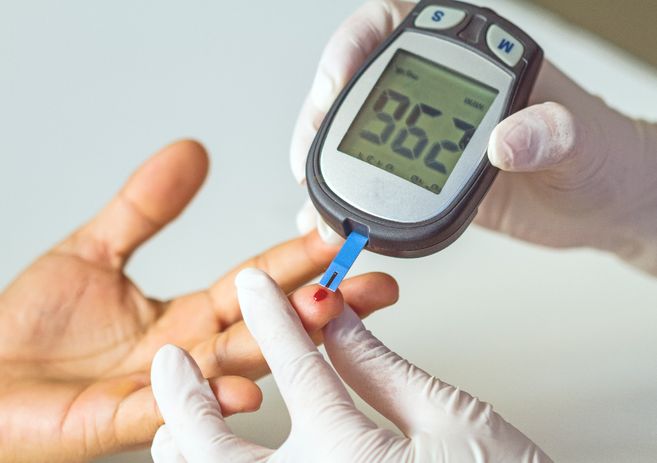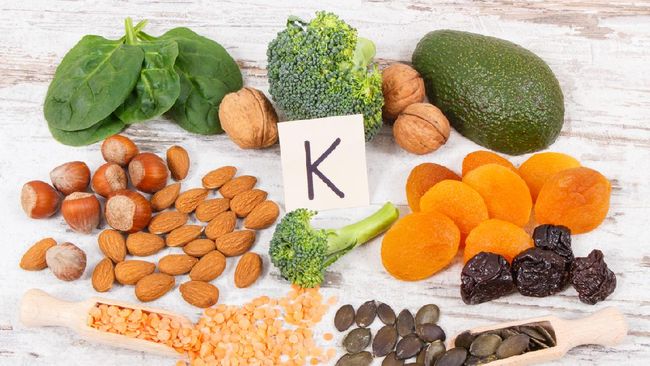Diabetogens
What Are Diabetogens?
Diabetogens are chemicals and toxins in the environment that mimic human hormones.When much diabetogens has been accumulated in the body such can be diabetes causes. Once one had already been diagonised for diabetes, The patient has to follow diabetes diet plan. And can take some measures such as resolving to food for diabetics. Some cases can adopt diabetes fasting, to ensure for diabetics control.
Type 2 diabetes affects Million of people all over the world. This is a major health crisis, by anyone’s standards. And it’s only going to get worse.
According to a study published in February 2017, “The prevalence of diabetes…will increase by 54 percent to more than 54.9 million between 2015 and 2030; annual deaths attributed to diabetes will climb by 38 percent to 385,800; and total annual medical and societal costs related to diabetes will increase 53 percent to more than $822 billion by 2030.”
What is causing diabetes
What’s causing this diabetes epidemic? If you’re thinking sugar over consumption, obesity, and sedentary lifestyle, you’re only partially correct.
Of course, these factors will always play a role in the development of type 2 diabetes. But an increasing number of scientists and medical experts are starting to recognize another underlying cause that appears to be just as, if not more, sinister than sugar: diabetogens.
Diabetogens has been discovered since early 1960s as the basic thing that causes diabetes. This term is nothing new, but it’s just now starting to come to notice.
In fact, its origins date all the way back to the early 1960s, with a researcher coining the term diabetogens to reference the chemicals and toxins in the environment that mimic human hormones.
These compounds enter our bodies and wreak havoc on our hormonal systems. In the case of diabetes, they cause dysfunction within the pancreas, affecting insulin release and blood sugar control.
The pancreas can be described as a “velvety” organ. And unlike other organs, the pancreas is not able to cleanse itself of harmful compounds.. Its anatomy makes it very susceptible to the accumulation of toxins and other inflammatory compounds, which eventually leads to pancreatitis and/or pancreas dysfunction and diabetes.






Everything is very open with a precise clarification of the challenges. It was really informative. Your website is useful. Thanks for sharing!